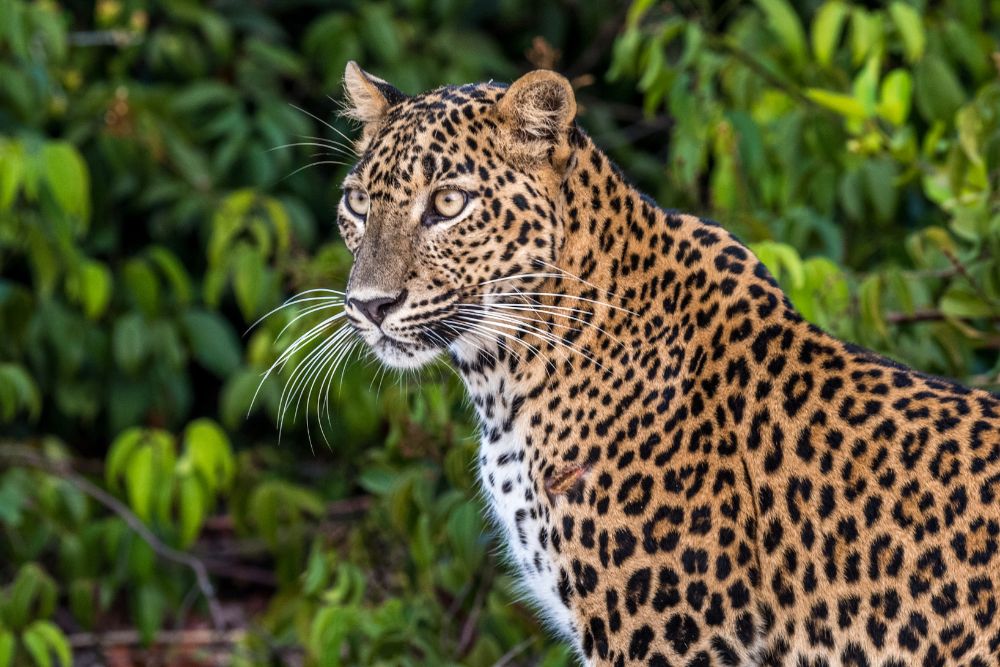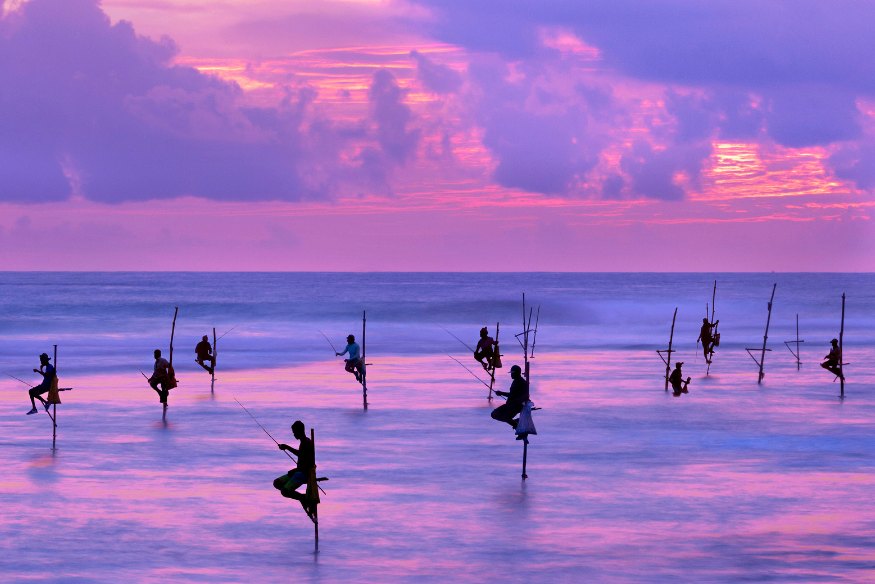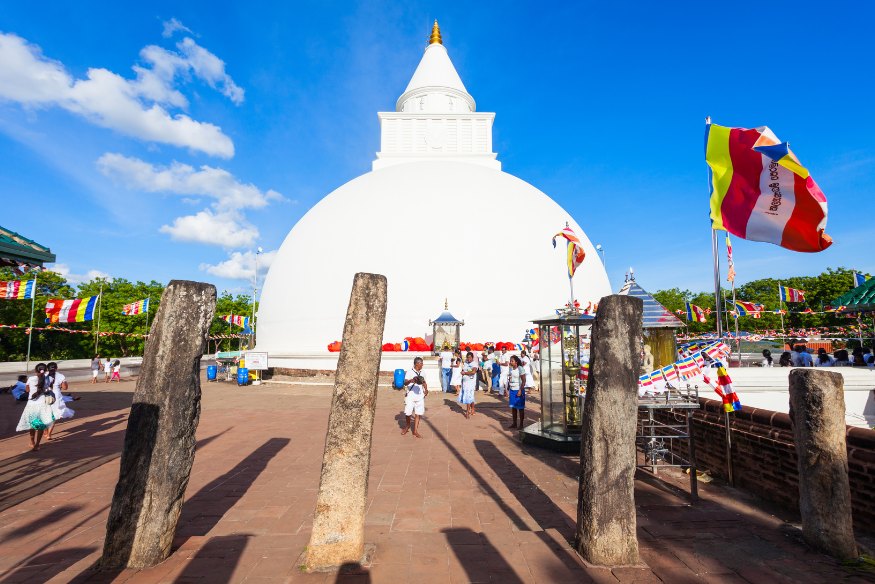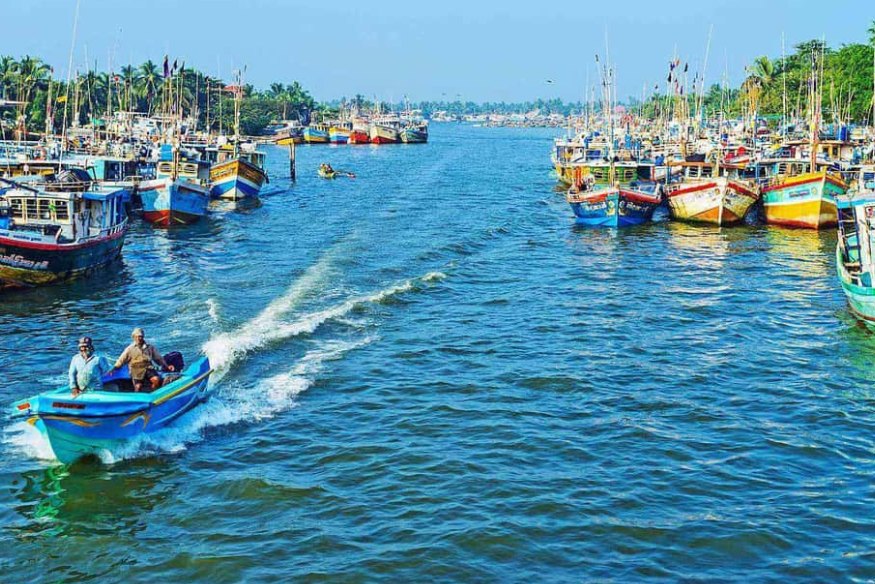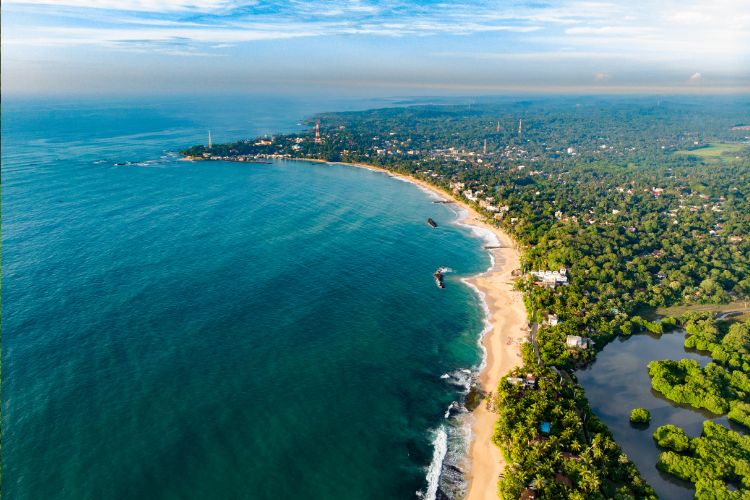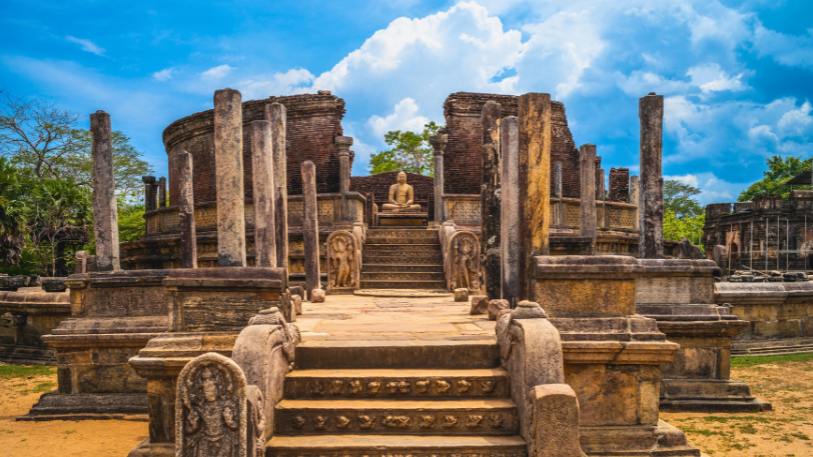
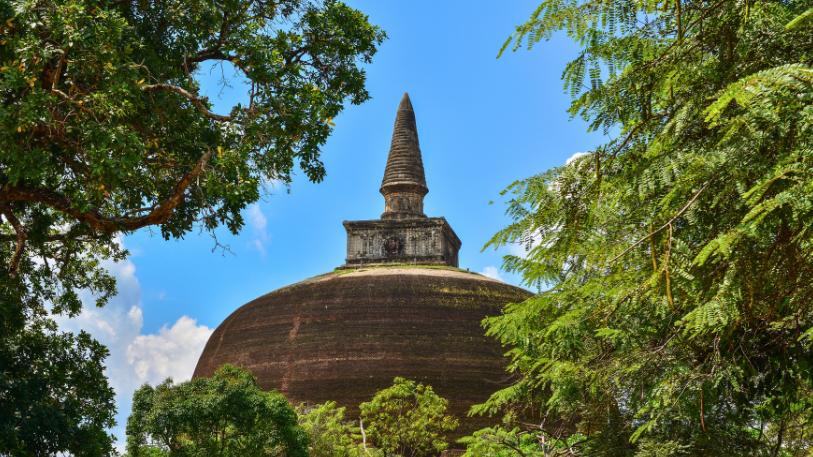
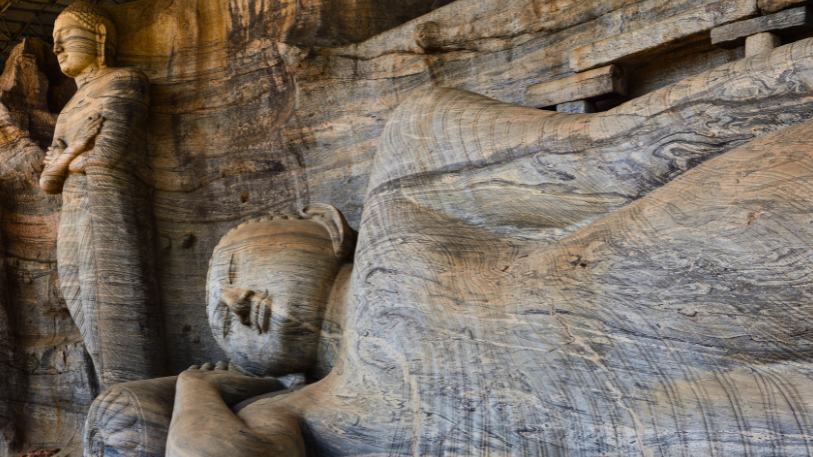
- Polonnaruwa
- Location
- Type
- Area
Polonnaruwa
North Central
North Central Province
Polonnaruwa: The Ancient Capital of Sri Lanka
Polonnaruwa, one of Sri Lanka’s most fascinating ancient cities, is a UNESCO World Heritage Site that showcases the grandeur of Sri Lanka’s medieval past. Serving as the island’s capital from the 11th to the 13th century, Polonnaruwa is a treasure trove of well-preserved ruins, majestic stupas, intricate carvings, and ancient reservoirs. With its blend of history, culture, and scenic beauty, Polonnaruwa is an essential stop for travelers exploring Sri Lanka’s Cultural Triangle.
Why Visit Polonnaruwa?
1. The Ancient City of Polonnaruwa – A Walk Through History
Polonnaruwa’s archaeological ruins offer a glimpse into the golden age of Sri Lankan civilization. The royal palaces, temples, and colossal Buddha statues stand as a testament to the architectural and engineering brilliance of the ancient Sinhalese rulers. Must-visit sites include:
- Royal Palace of King Parakramabahu I – A once-magnificent seven-story palace
- Audience Hall – Features beautifully carved stone elephants
- Sacred Quadrangle (Dalada Maluwa) – Home to Sri Lanka’s most sacred relic shrines
- Shiva Devalaya – Hindu shrines reflecting South Indian influence
2. Gal Vihara – The Iconic Rock-Carved Buddhas
One of the most famous sites in Polonnaruwa, Gal Vihara is a rock temple featuring four breathtaking Buddha statues carved into a single granite rock. These include:
- A seated Buddha in deep meditation
- A standing Buddha with a serene expression
- A reclining Buddha, representing Parinirvana (final enlightenment)
The artistic mastery and spiritual aura of Gal Vihara make it one of the most revered Buddhist sites in Sri Lanka.
3. Parakrama Samudra – The Great Sea of Parakrama
Built by King Parakramabahu I, this massive artificial reservoir spans over 2,500 hectares, providing a lifeline for agriculture in the region. It is an engineering marvel of ancient Sri Lanka, demonstrating the advanced irrigation systems used to sustain the kingdom. The lake’s scenic beauty makes it a great spot for birdwatching and sunset views.
4. Rankoth Vehera – The Majestic Dagoba
Inspired by the famous Ruwanwelisaya Stupa in Anuradhapura, Rankoth Vehera is a massive 55-meter-tall stupa that remains an active place of Buddhist worship. Surrounded by a serene environment, it reflects the spiritual and architectural excellence of the Polonnaruwa era.
5. Lankatilaka Vihara – The Towering Image House
Lankatilaka Vihara is a magnificent Buddhist shrine featuring a massive standing Buddha statue inside an elaborately decorated brick-walled structure. The temple’s intricate carvings and frescoes showcase the artistic grandeur of the ancient kingdom.
6. Thuparama Gedige – The Oldest Image House
This unique stone temple is believed to be the only fully intact Gedige (vaulted shrine) from the Polonnaruwa period. The murals and Buddha statues inside provide insight into the fusion of Sinhalese and South Indian architectural styles.
7. Nissanka Latha Mandapaya – The Lotus Pavilion
A beautifully ornate stone structure, this pavilion was used by King Nissanka Malla for chanting Buddhist scriptures. The lotus-shaped stone columns are a rare architectural feature, symbolizing purity and enlightenment.
8. Medirigiriya Vatadage – A Circular Relic Shrine
Located just outside Polonnaruwa, Medirigiriya Vatadage is an exquisitely designed circular relic house, surrounded by four Buddha statues facing each cardinal direction. The site’s tranquil setting adds to its spiritual ambiance.
9. Wildlife Encounters in Minneriya and Kaudulla National Parks
Polonnaruwa is close to two of Sri Lanka’s most famous wildlife reserves:
- Minneriya National Park – Famous for the “Gathering of Elephants”, one of the largest elephant gatherings in the world
- Kaudulla National Park – Offers thrilling jeep safaris to see elephants, deer, and exotic birds in their natural habitat
10. Cycling Through the Ruins – A Unique Experience
Exploring Polonnaruwa by bicycle is a popular and enjoyable way to discover the ancient city. The flat terrain, well-preserved ruins, and scenic surroundings make cycling a memorable and immersive experience.
Best Time to Visit Polonnaruwa
The best time to visit is from May to September, when the weather is dry and sunny, making it perfect for sightseeing and outdoor activities. The monsoon season (October to January) brings occasional heavy rains, but the ruins remain accessible.
How to Get to Polonnaruwa
- By Road: Polonnaruwa is 220 km from Colombo and takes around 5–6 hours by car or bus.
- By Train: Trains run from Colombo to Polonnaruwa, offering a scenic journey through the countryside.
- By Air: Domestic flights to Sigiriya Airport, followed by a short drive, provide a faster travel option.
Where to Stay in Polonnaruwa
Polonnaruwa offers a range of accommodation options, from budget guesthouses to luxury eco-resorts. Many hotels are located near the ruins, providing easy access to historical sites.
Step Back in Time in Polonnaruwa
Polonnaruwa is a destination where history comes alive. Whether you’re an architecture enthusiast, history lover, or spiritual seeker, this ancient city offers an unforgettable journey into Sri Lanka’s rich cultural and archaeological heritage.
Captivating TripAdvisor Display Reviews
Verified Professional, secure, and super thoughtful! Ishan is professional, thoughtful, and fun! He listened to what we were looking to do and fit it all in on our last day before taking us to the airport in Colombo. We saw important landmarks, enjoyed delicious local eats, helped us learn how to eat with our hands properly, (without laughing), and found us all the souvenirs we wanted, including local hopper flour. If you're going to Sri Lanka, contact Ishan!Verified Great company Recommended to me by a friend for easy travel north from Nilwella. They were courteous and on time. Super professional and friendly. Would recommend to anyone looking to travel between cities quickly.Verified Definitely Recommended Through a friend who had previously traveled to Sri Lanka, we were introduced to Ishan. From the moment he welcomed us at the airport with a fresh flower necklace, our family liked him. He was always calm, sincere, and considerate, not only catering to my wishes but also suggesting many plans to entertain the children. My sons miss him so much that they keep asking to go back to Sri Lanka just to see him. The mugs he gave us are treasured keepsake. We are deeply grateful to him for making this trip so wonderful.Verified Reliable and very kind driver We travelled two days with JLK tours and all the time the driver was very friendly, reliable and helpfull. He gave us a lot of interesting informations about Sri Lanka, stops where ever we wan't to have a look for. Driving with him feels very comfortable .Verified Great team of drivers and hosts of Sri Lanka Ishan and his team are so professional, accommodating and very well priced. I recommend them highly.I traveled long distances and they made me feel comfortable and helped me out with whatever I needed.Verified Fantastic Experience I recently had the pleasure of having Ishan as my driver from Mirissa to Ella. He was a true professional who took pride in ensuring that every aspect of my journey was comfortable, enjoyable and accounted for. Ishan also displayed a friendly and genuine demeanor that created a welcoming atmosphere.I'd highly recommend his service for anyone seeking a great transportation service in Sri Lanka. Thank you for your service!Verified Hospitality, views, culture, food 100/100 Sri Lanka is undoubtedly amazing and a hidden gem of this world. In my opinion JLK Tours is a great window to explore this gem. Our driver was nothing less of a friend during this trip. We planned our trip together and really had fun of a lifetime. Can't actually wait to visit Sri lanka once again for a long vacationVerified Unforgettable Sri Lankan Adventure with an Exceptional Guide! My recent trip to Sri Lanka was nothing short of magical, thanks to the outstanding services provided by our incredible tour guide, ISHAN. From the moment we landed in Colombo to the final farewell, Ishan's expertise and genuine passion made our journey truly unforgettable. His recommendations, specifically about restaurants, was so worth it!Verified Daytrip with Ishan Ishan was our driver that day and made it to an wonderful experience.At first he brought us to the Udawalawe National Park and came with us to the safari.On the way back he showed us a typical fish curry that was highly delicious!Ishan is a kind Person with that you can have nice conversation.Showing our latest reviews

